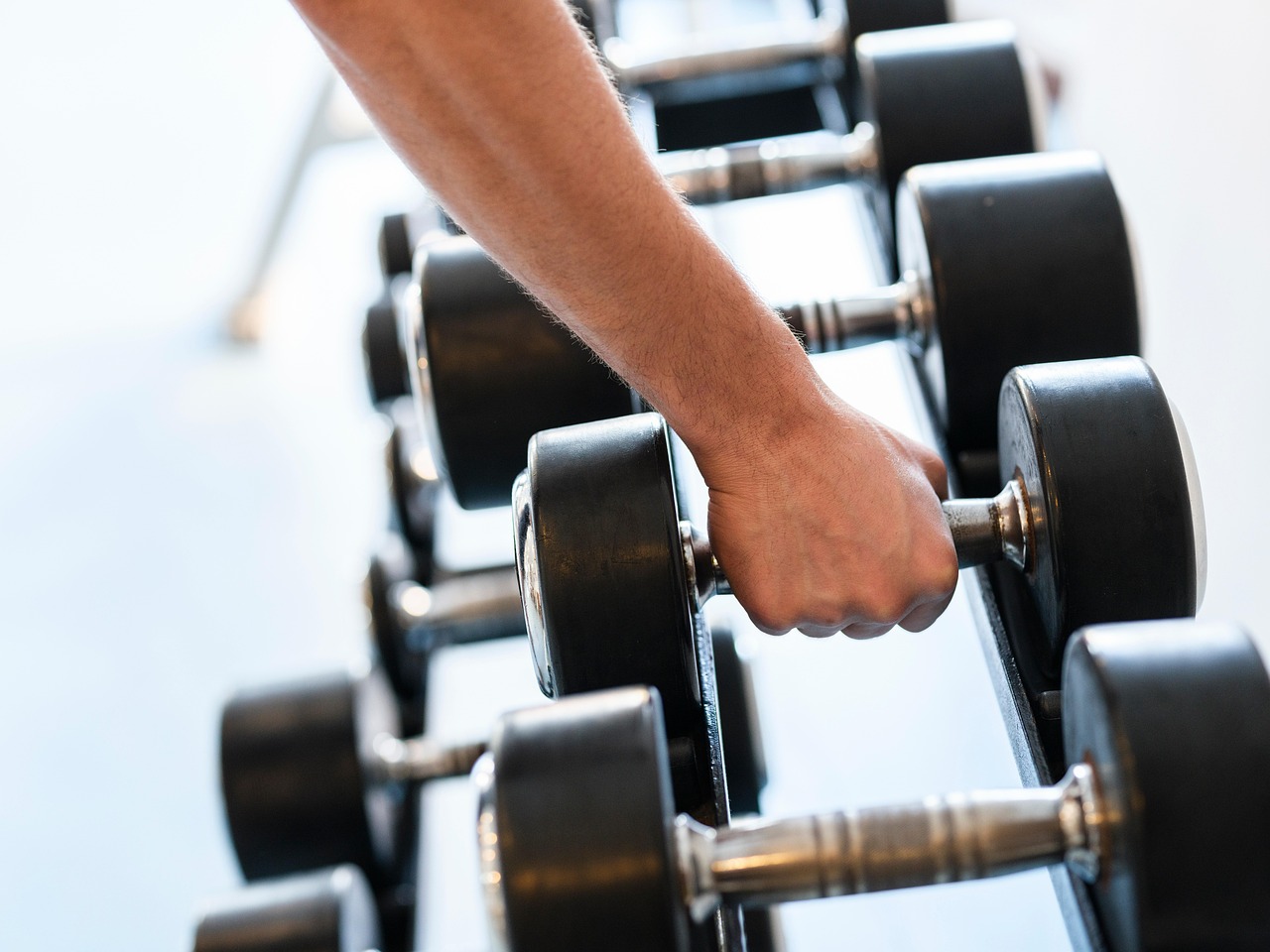The strength of a lift, swing, or climb often begins with what you can hold onto. The connection between grip and full-body performance is something more people are beginning to recognize. Whether you’re an athlete, builder, climber, or someone who values physical confidence, your hands and forearms play a critical role. These muscles don’t just affect how much you can carry—they influence balance, reaction time, and joint protection. Training this area builds endurance in ways that extend beyond physical performance. Even simple daily tasks become easier and more comfortable when your grip is strong. To understand how this training can benefit your routine, be sure to read the full article.
Foundation for Functional Strength
Grip is often where performance begins. When you hold a barbell, swing a bat, or brace against resistance, your hands act as the link between intention and movement. A weak grip limits potential even when your larger muscle groups are strong. That’s why many who train seriously incorporate movements that focus on wrist stability and hand activation. It’s about building a base that supports everything else. Whether you’re pulling, pushing, or bracing, the hands initiate the action and guide the control. Focusing here enhances total-body strength from the ground up.
Stability in Every Movement
Strong hands and forearms help reduce instability during workouts and daily activity. With better strength in the wrist and lower arm, you’re less likely to experience wobble, shaking, or fatigue mid-rep. This makes movements more efficient and less taxing over time. It also contributes to better joint alignment and reduced risk of overuse injuries. Training for stability adds structure to your motion and rhythm to your performance. Whether lifting groceries or swinging a tennis racket, that structure shows up when you need it.
Endurance for the Long Haul
Endurance is about more than cardio—it applies to muscular stamina too. In grip training, this means holding longer, resisting fatigue, and staying consistent through every rep. The longer your forearms stay active, the more you can demand from your upper body without compromise. Tools designed for this area help users build staying power, not just strength. They encourage repetition and time under tension, which are key to building muscular resilience. That ability to hold strong longer has carryover across every other aspect of training.
Small Tools with Big Impact
The beauty of this style of training lies in its simplicity. You don’t need a full setup or massive weights to see improvement. Compact, resistance-based tools offer high return with low time commitment. These tools can be used almost anywhere—at home, during a commute, or between sets. They’re designed to build grip in all directions, from crushing and pinching to rotating and stabilizing. It’s functional strength without the complication, and the results speak for themselves over time.
Benefits Beyond Fitness
While the gym may be the first place people notice gains, the benefits extend further. A stronger grip makes everyday tasks feel lighter. It also reduces strain when using tools, carrying gear, or even working on a computer. Many find their posture improves as wrist and elbow alignment become more natural through training. There’s also a mental boost that comes with physical confidence in your hands—an often underestimated part of feeling strong overall. This practical strength supports long-term movement and daily energy.
Many who prioritize durability and performance in their training turn to gripstrength.com to explore tools that support these often-overlooked muscles.
When your strength starts from the grip, everything you do feels more connected. From everyday effort to high-impact performance, a stronger hold means greater control. These are the gains that build in quiet, steady ways—proving that sometimes, the smallest muscle groups deliver the biggest difference.

